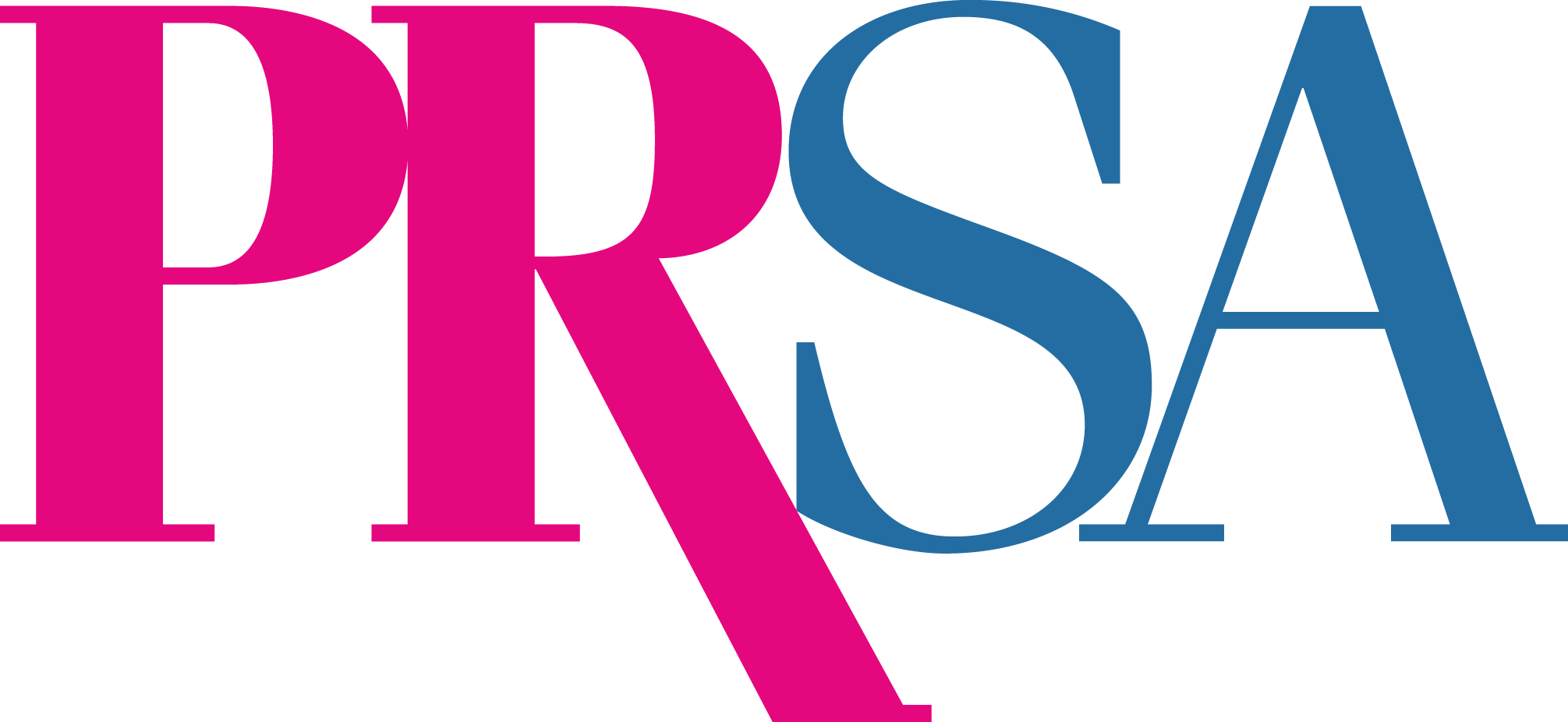The Role of PR in Protecting Public Health: A History of Pandemic Communications From the 1918 Flu to the 2020 Coronavirus
October 29, 2020 1:30 PM – 2:20 p.m.
Session Type: Reputation & Crisis Management
Public relations has played an under-appreciated role during the pandemics of the past. For instance, Ivy Lee, working for the NYC subway system during the flu and TB epidemics, used posters in the subway cars to advise customers how to contain the spread of the virus. Pres. Franklin D. Roosevelt, himself a polio victim, was instrumental in changing the name of the disease from infantile paralysis to polio, since the old term mistakenly led the public to think the virus affected only babies. He also worked with the March of Dimes Foundation to enlist Hollywood stars to mobilize the public to raise funds to support research for a vaccination.
In the 1980s, grassroots organizations like ACT UP brought the AIDS epidemic out from the shadows to surge to the top of the nation’s health care agenda.
The history of the COVID-19 pandemic is still being written, of course, but already we can see the extent to which a strategically sound, coordinated approach to communications has been able to influence widespread public compliance and a reduction in new cases. Those states such as New York, New Jersey and Connecticut that have utilized trusted spokespeople, delivering coordinated and credible messaging, have already seen positive outcomes. Sadly, the states with mixed messaging, based more on politics than on sound public health advice, are seeing record numbers of deaths on a daily basis.
One day, PR professionals will be able to study the role of communications during this pandemic, and with the benefit of hindsight, come up with some best practices for the next pandemics to come.
By the end of this session, participants will be able to:
• Recognize that the effectiveness of crisis management — especially in cases of life and death — depends on the credibility of leaders.
• Understand that messaging depends as much or even more on the delivery than on the words themselves.
• Recognize that leaders must model the behaviors they need the public to follow. Inconsistency between action and words will lead to distrust.
• Determine that with all the communications channels available today, PR professionals must work to assure that all carry a consistent message.
In the 1980s, grassroots organizations like ACT UP brought the AIDS epidemic out from the shadows to surge to the top of the nation’s health care agenda.
The history of the COVID-19 pandemic is still being written, of course, but already we can see the extent to which a strategically sound, coordinated approach to communications has been able to influence widespread public compliance and a reduction in new cases. Those states such as New York, New Jersey and Connecticut that have utilized trusted spokespeople, delivering coordinated and credible messaging, have already seen positive outcomes. Sadly, the states with mixed messaging, based more on politics than on sound public health advice, are seeing record numbers of deaths on a daily basis.
One day, PR professionals will be able to study the role of communications during this pandemic, and with the benefit of hindsight, come up with some best practices for the next pandemics to come.
By the end of this session, participants will be able to:
• Recognize that the effectiveness of crisis management — especially in cases of life and death — depends on the credibility of leaders.
• Understand that messaging depends as much or even more on the delivery than on the words themselves.
• Recognize that leaders must model the behaviors they need the public to follow. Inconsistency between action and words will lead to distrust.
• Determine that with all the communications channels available today, PR professionals must work to assure that all carry a consistent message.

